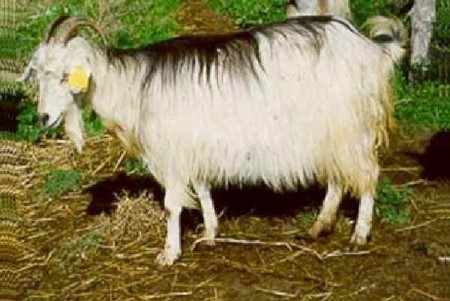 |
| Photo Source: Agraria.org |
The Grigia Molisana goats, native to the picturesque landscapes of Italy, specifically thrive in the provinces of Campobasso and Isernia within the Molise Region. Their presence is particularly pronounced in the charming town of Montefalcone nel Sannio, where they play an integral role in the region's agricultural heritage.
Believed to be a composite of various local breeds including the Maltese, Garganica, and Alpina, the Grigia Molisana goats embody a unique blend of characteristics that reflect their diverse lineage.
Medium-sized and sturdy, Grigia Molisana females typically stand between 70 and 76 centimeters at the withers, boasting a weight range of 50 to 65 kilograms. Their uniform coloring, which spans a spectrum of hues including white, black, grey, and other shades, adds to their visual appeal and versatility.
Bred for both milk and meat production, Grigia Molisana goats are valued for their dual-purpose capabilities. Their ability to thrive in the rugged terrain of Molise and their adaptability to local environmental conditions make them indispensable assets to farmers in the region.
As vital contributors to the agricultural landscape of Molise, Grigia Molisana goats symbolize the resilience and resourcefulness of traditional farming practices. Their significance extends beyond mere livestock, embodying a cultural heritage deeply rooted in the rich tapestry of Italian rural life.
